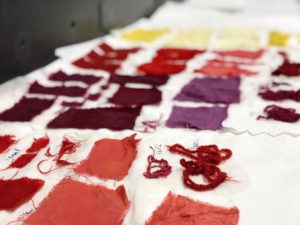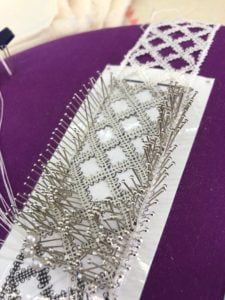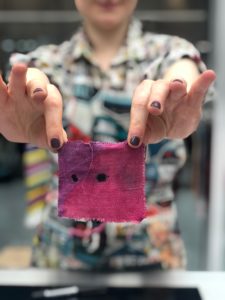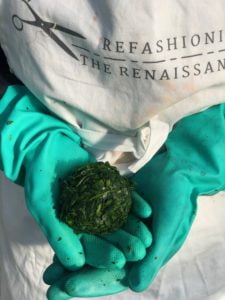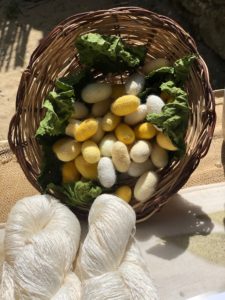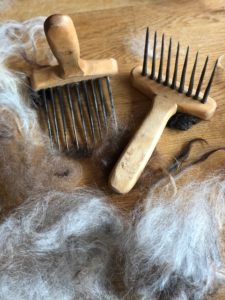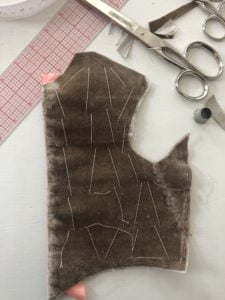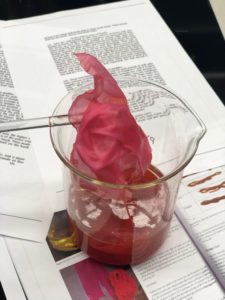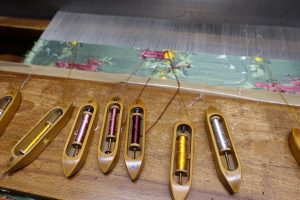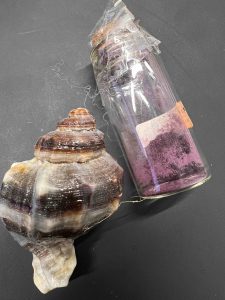One of the central goals of our project is to examine how empirical research can be combined with practical experimental hands-on work in order to gain access to the materials and techniques that no longer exist.
We study, for example, historical recipes and experiment with historical dyeing, stain-removal and imitation methods. We also learn how silk was prepared from cocoons and make experiments with linen and wool fibre preparation. We also investigate how complex garments, such as doublets, were made by studying historical tailoring techniques, and we study weaving on historical looms in order to learn how expensive textiles were made and imitated in early modern Europe. This work based on both hands-on experimentation as well as visual and textual sources provides us with new methods and concrete access to the many layers of material meaning that were associated with wearing, making and using these objects. This information is valuable because this type of knowledge is usually not available in history books, visual sources or archival documents.



